Diseases and pests of pear leaves
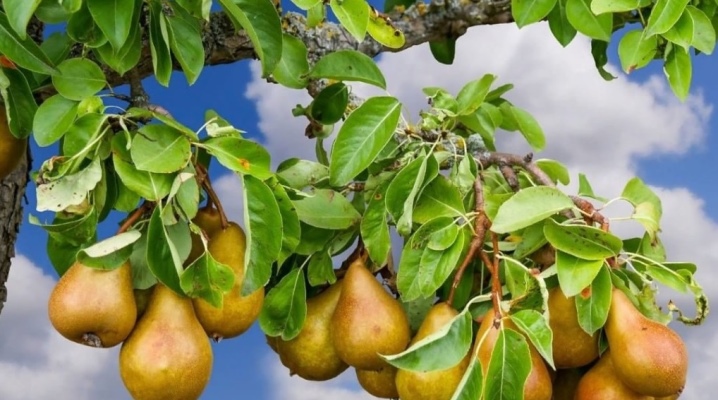
The size of the crop, the flavor characteristics of the fruit and their size are directly dependent on healthy leaves. It doesn't matter if there are bacterial, fungal infections or insect pests on the leaves, the infection should be eliminated. As a rule, they approach the preventive treatment of a garden plot in a complex manner, with one measure they protect against several diseases. The gardener can prevent the onset of the disease, and can begin to fight when the infection is already destroying the crop.
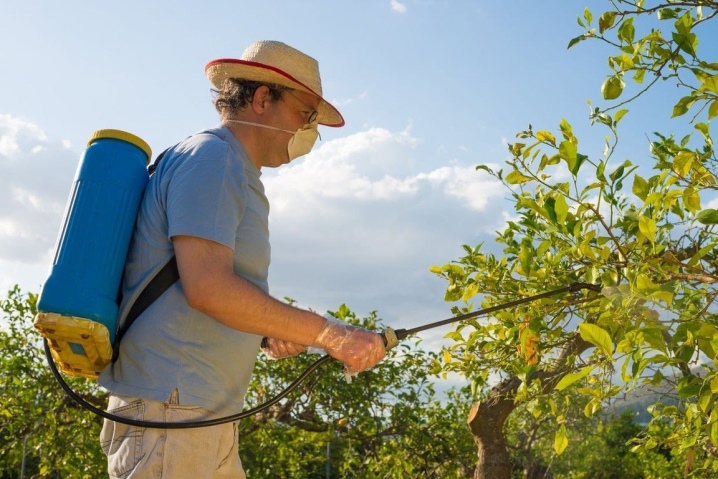
Diseases and their treatment
Pear leaves are more likely to be affected by diseases than other parts of the tree. Just by the state of the foliage, gardeners tend to learn about the problems of the plant. When spots appear on the leaves - yellow, rusty, black, brown or any other color, most likely, the tree is affected by a bacterial or fungal infection. If you recognize the disease in time, you can solve the problem at the initial stage. Our descriptions of pear diseases and pests and treatment methods will help you with this.
Bacterial burn
The scourge of fruit orchards of our time is a bacterial burn. It covers gardens with the speed of lightning, at first the leaves look like scalded or burnt by the rays of the sun. Actually, this disease, as a rule, becomes the reason that the leaves of the pear turn black and curl. The disease came from America and Japan. The usual drugs have little effect on him, the treatment is carried out with antibiotics of the tetracycline group.
For processing pears make a solution: 2 tablets in a bucket of water. However, branches that have obvious damage are cut off, and the resulting wound is treated with the composition: 2 tablets per 100 g of water.
The place of the cut is covered with garden pitch. With a large spread of the disease on any one tree, it must be cut down and burned.
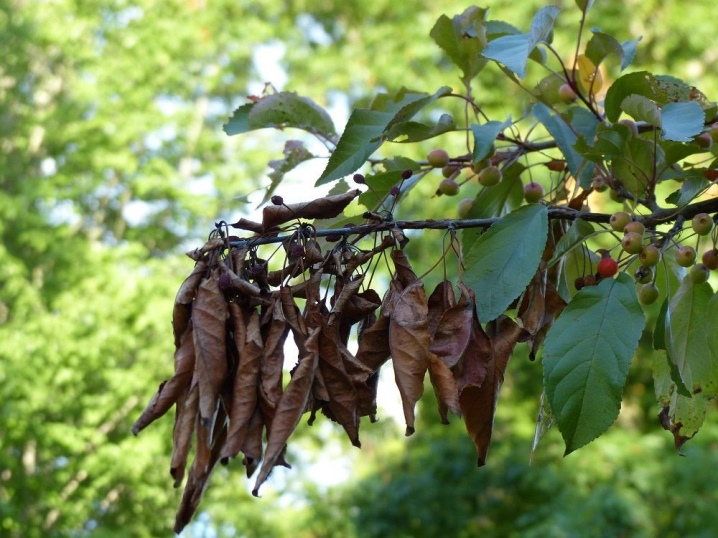
Rust
Another attack is rust. A fungal disease that develops on a juniper, and then the spores are carried long distances by the wind, infecting many species of trees. The first symptoms are the appearance of small yellow dots on a young leaf. If left untreated, the disease will go inward, and spore-bearing growths (bubbles) will ripen on the back of the leaf. They burst and spores infect a large area of the pear orchard. Leaves fly around in the middle of the summer season, shoots do not grow, the tree bark cracks.
With the appearance of the first yellow spots on the leaves, you need to understand that there is rust on the pear, and start treatment. The disease is very stable, it is treated for a long time. If rust occurs, the plant is sprayed with fungicides up to 6 times per season. The drugs are practiced:
- "Poliram";
- "Kuproksat";
- colloidal sulfur;
- "Speed".

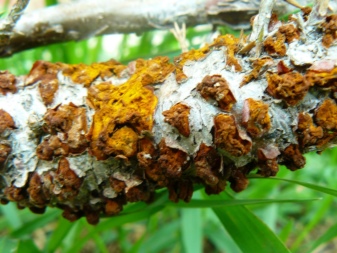
Scab
Scab, or the fungus Fusicladium pirinum, is capable of infecting both pear and other fruit plants in equal measure. Signs - the leaf plate on the reverse side, when affected by a fungus, becomes covered with bottle-colored spots with a bloom.
This plaque is a colony of fungi. As the disease progresses, it spreads to developing fruits. Scab-infested pears are dotted with black spots. Gradually, the peel cracks on them, and the pulp hardens in the affected areas.
With severe damage, the leaves dry and fly around, the water balance of the tree is disturbed, which negatively affects the fruiting not only of the current, but also of the next year.
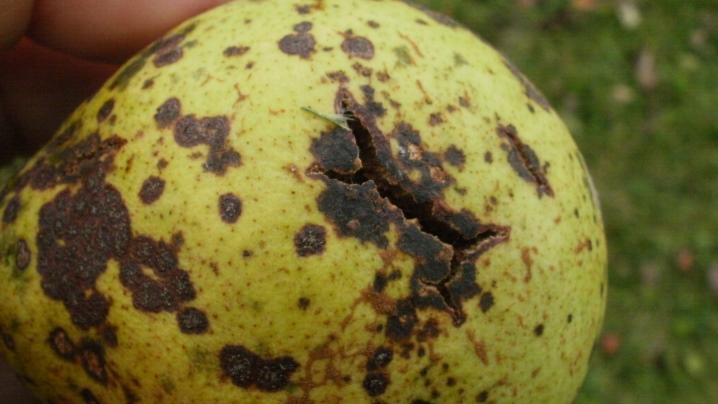
Preventive measures - spraying with a solution of copper sulfate (Bordeaux liquid). For this, the pear is processed 3 times:
- when the first greenery appears on the tree;
- as soon as the buds turn pink;
- after flowering.
Fresh air also prevents disease in trees. An overly dense crown of a pear interferes with the flow of air masses. It is necessary to constantly thin out it, cutting off excess branches. Cutting points are processed with garden varnish. Roots also need air. To do this, it is necessary to carefully loosen the soil around the trunk circle. Do not forget about sanitary cleaning, constantly remove fallen leaves and fruits.
At the end of the season, it is advisable to burn all the collected garbage away from the trees. Trees infected with scab with the onset of autumn must be treated with Dnok or Nitrafen paste.
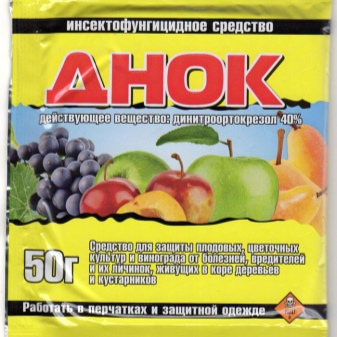
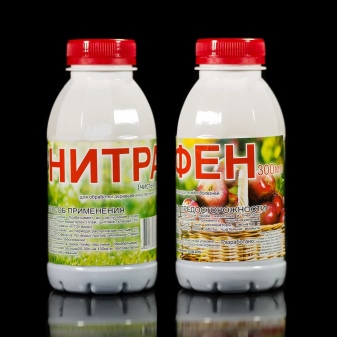
Sooty fungus (also called niello)
If the leaves of a pear turn black, then this, most likely, is a lesion of the tree by niello. The black bloom that appears on the leaves in the middle of summer looks like soot. First of all, the weakest trees affected by all kinds of ailments and insect pests become victims of the fungus.
For example, the aphid produces a sugar substance, which is an excellent basis for the life of the mob. Aphid secretions injure the very structure of the wood, and the black quickly penetrates into the formed cracks. In addition, the suppressed immunity of the tree, broken by insect pests, does not allow it to resist the disease.
The mob waits out the winter under the bark or in fallen leaves, and with the onset of spring begins to look for new victims. For control and prevention, the drug "Calypso" is used. It is used to prevent blackening of pear leaves, it exterminates spore carriers.
In order to curb the expansion of the fungus in the complex use the fungicide "Fitoverm".
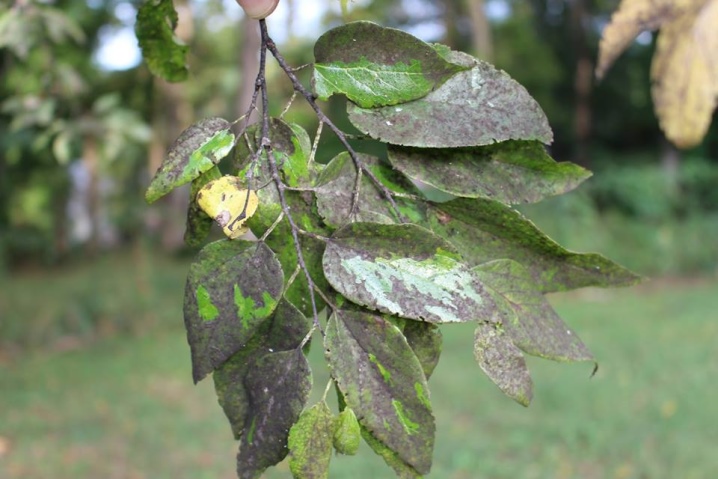
Powdery mildew
This disease is spread by ascomycetes (marsupials). The manifestations of the disease are quite specific, not similar to other diseases. The appearance of powdery mildew in the form of a white powdery coating can be observed with the appearance of young leaves on the trees. Later, the white bloom begins to take on a red color, and soon unhealthy leaves and inflorescences wither and fly around. For young shoots, this is a real disaster, whole colonies of ascomycetes fall on them.
As a struggle, dried and unhealthy branches and leaves are hastily removed, and then burned so as not to spread the infection. It is quite effective to use the drugs "Sulfite" and "Fundazol" from time to time.
There are also folk methods of dealing with powdery mildew on a pear.
- For spraying trees from infection, a special solution is prepared. In 10 liters of water, 50 g of sodium carbonate and 10 g of liquid soap are diluted.
- It is also possible to use a 1 percent solution of potassium permanganate, which is used to treat trees.
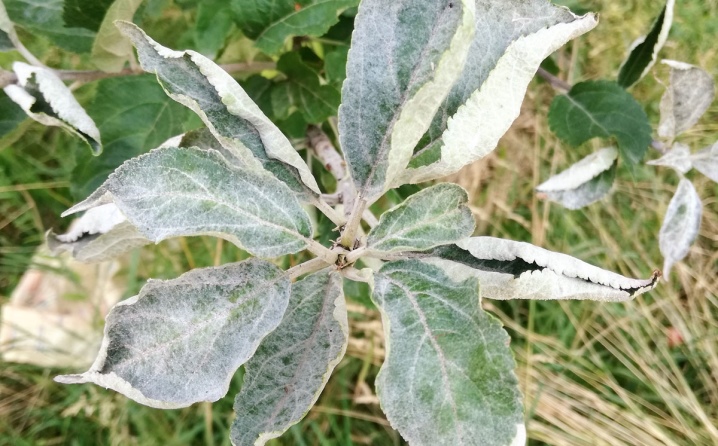
Pests and the fight against them
Insects are able to inflict no less damage on a pear, leave it without a crop, and destroy a young tree. The pear is more affected by the following insects.
Hawthorn
This is a butterfly, the caterpillars of which can destroy the bulk of the greenery on the tree. The hawthorn lays eggs, from which caterpillars hatch, which braid the leaves with threads and eat them. Caterpillars grow slowly and overwinter in nests made of woven leaves. In May-June, it all depends on the weather, they pupate.
Spraying done on time allows you to exterminate the caterpillars, and also cleaning foliage in the fall, digging up the ground under a tree and preventive treatment in spring will help.
From chemicals you can use:
- Chlorophos;
- "Metation".
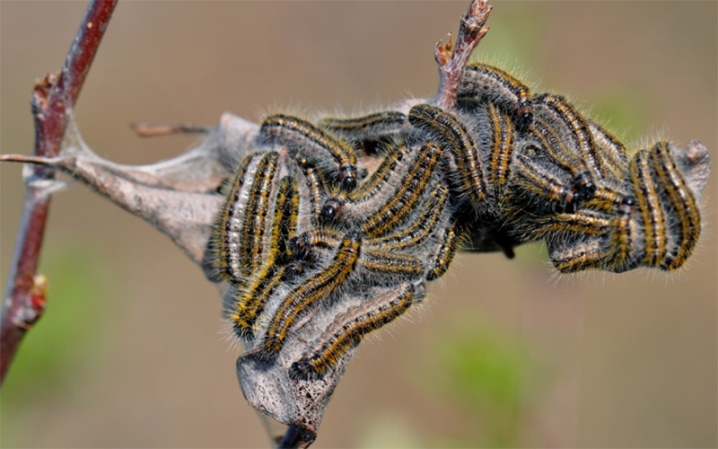
Silkworm
The silkworm is a large butterfly that lays eggs in a dense, wide ring in July. In the spring, larvae appear from them, which later become caterpillars, devouring leaves and flowers, ovary and pear fruits.Caterpillars turn into a pupa in mid-June, and after 2-3 weeks butterflies appear.
Ways to fight:
- egg clutches are destroyed;
- the trunk is covered with lime;
- in case of an invasion of caterpillars, insecticides are used, the best option is "Nitrofen".
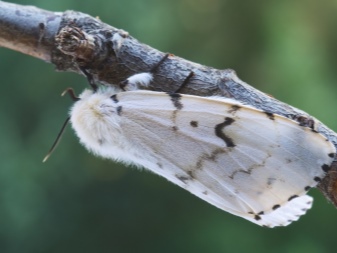
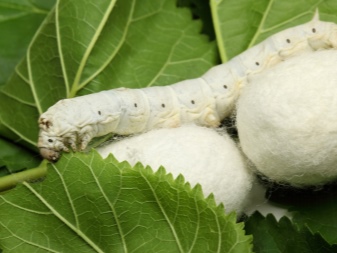
All kinds of ticks
Mites suck the juices from the leaves, as a result of which the foliage flies, and this is not good for the ripening of the fruit. In July-August, females lay eggs, which overwinter in the bark. It is at this time that the processing of pears with specialized means is important. In autumn, the bark is stripped and the trunk is lime-treated.
To fight, you must use:
- liming;
- "Karbofos";
- Trichlormetaphos;
- "Abamectin".
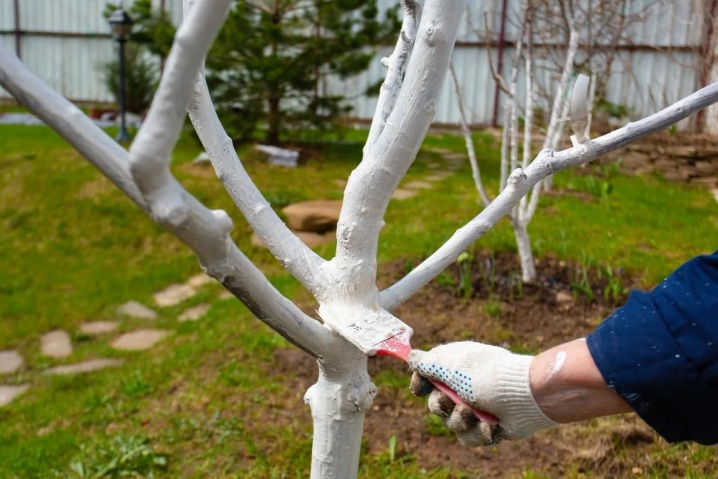
Medianitsa
The pearl sucker feeds on juice, sucking it out of the leaves. Mature individuals overwinter in crumbling leaves and in the bark; in spring, females lay up to 400 eggs, and larvae hatch. Adults appear during the flowering of the pear.
Their mass reproduction is late June-early July. They live in large settlements and cause great harm to the pear, sucking the juice from the leaves, branches and fruits. They secrete excrement containing sugar, which favors the formation of mobs.
In the spring, pears are treated with copper-containing agents, after the leaves appear - with chemicals, the garden plot is fumigated with smoke and the plants are treated with tobacco dust.
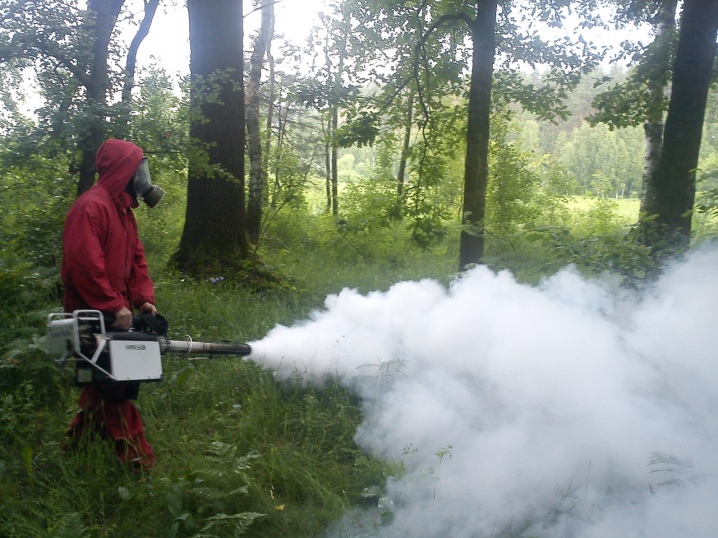
Leaf roll
Leafworm caterpillars infect leaves, shoots, twisting them into tubes, braiding with cobwebs. Insect eggs overwinter on a tree, larvae hatch from them, which settle in folded leaves, and then caterpillars appear. The transition from larva to pupa takes 2 weeks, and a butterfly emerges from the cocoon, it can be yellow, pink, green. The female can reproduce immediately.
Before flowering, pears are treated with chemicals, damaged leaves are collected and burned.
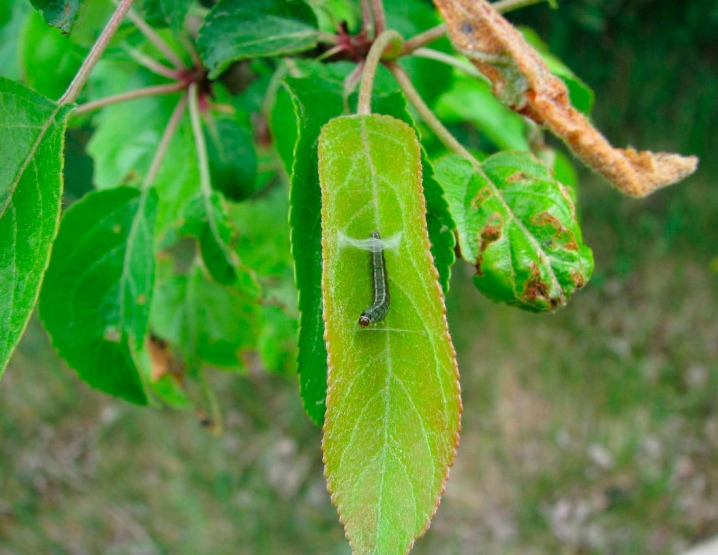
Shield
The insect sucks out the juice, it can be identified by the keratinized dorsal integument of the insect (shields), up to 3 mm in size, that have arisen on the bark or leaves. The larvae, hatched from eggs, crawl out from under the keratinized dorsal cover and scatter along the tree, where they stick to branches and leaves.
After molting, young insects become inactive and become covered with a keratinized cover, lay eggs and die. New offspring are born of them, which settle on the plant and cause great harm to it.
To destroy the eggs of the pest, pears are sprayed with the drug "Dnok", for the larvae, "Decis" is used.
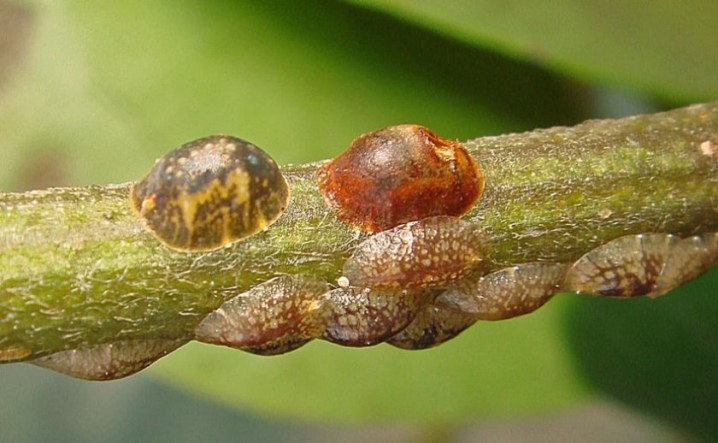
Prevention measures
The use of competent agricultural technology, selection of seedlings, fertilization and constant preventive treatment of trees helps to grow stress-resistant, healthy plants that can give a good high-quality harvest. Gardens cannot be protected from pathogenic bacteria and insect pests forever. The main goal is to prevent the development of the disease, to prevent the death of culture.
The complex of preventive measures includes:
- changes in the ecological situation, contributing to the reproduction of pathogenic bacteria;
- autumn tillage or digging;
- constant fertilization;
- timely destruction of weeds growing next to pear trees;
- collection and elimination of fallen leaves and fruits from last year;
- spraying, liming and covering boles;
- removal of unhealthy shoots;
- spraying the crown with fungicidal, insecticidal preparations.
By taking preventive measures to control diseases and pests, you can reduce the physical and financial costs of caring for a pear.














The comment was sent successfully.